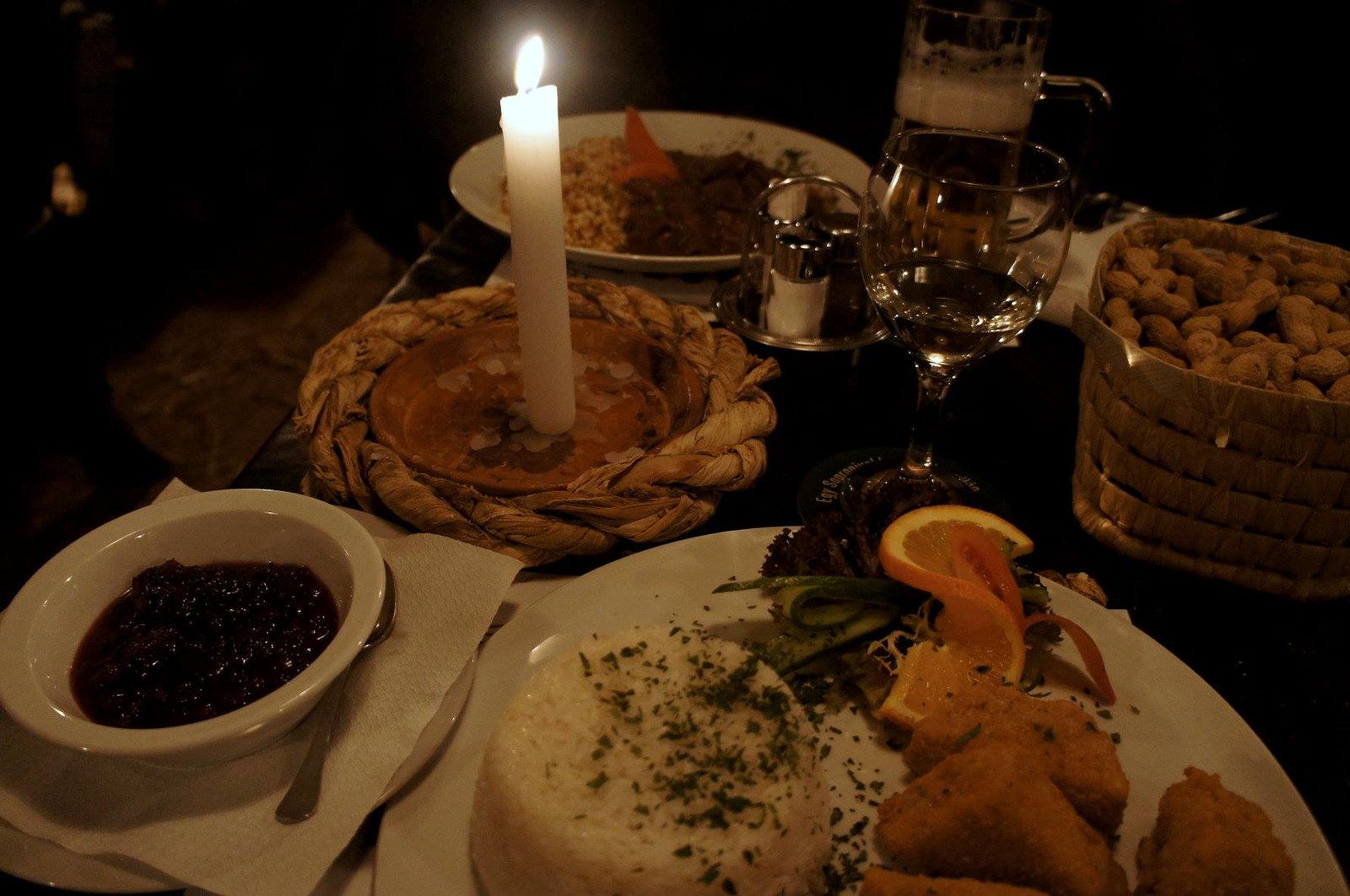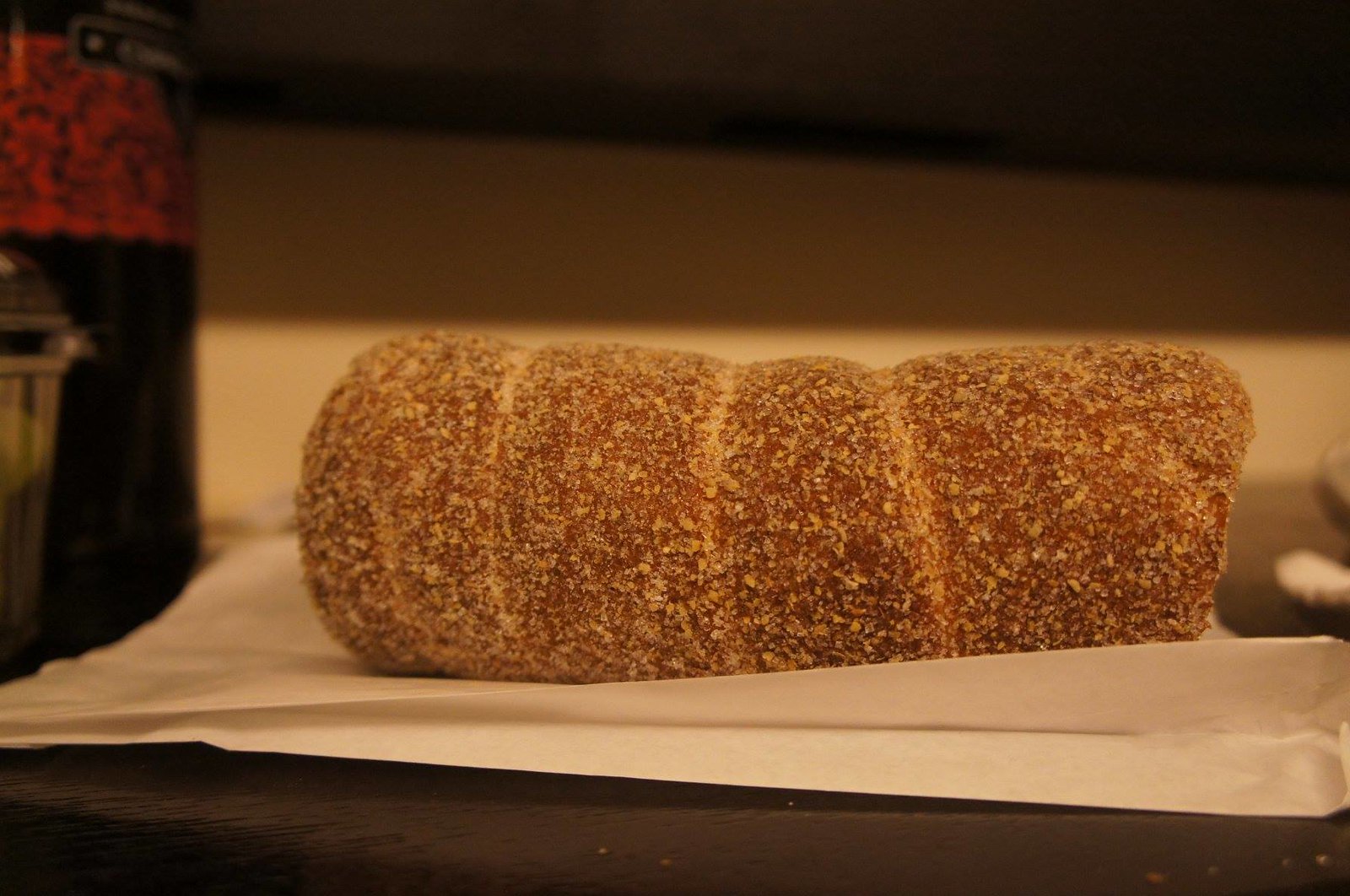
I think I did my holiday wrong. In the space of three days my feet covered most of Budapest. They definitely walked into two different swimming pools… but when I have never visited a place before, the only thing I can do is… go see all of it. Everything, everywhere, as much as possible. You never know when you might be back, and what might still be there if you do manage to return.
In the case of Budapest I am less worried than usual, but the is at the back of my mind nonetheless. In any case, we got a really nice deal online for a fancy hotel (February is rather off-season) and Ryan-Air-ed over to Hungary. (On the way back the entertaining flight attendant Warren(?) congratulated everyone on ‘surviving yet another Ryan Air flight’, after reminding us the life-jackets are free of charge. Thanks!)
A friend had recommended we purchase 1 month student travel tickets, as they are cheaper than 72 hour tourist travel cards. Brilliant : ) We wandered out of departures 2B at Ferenc-Liszt airport, got some money, got the tickets, hopped on to bus 200E, and then took the underground from Kőbánya–Kispest to Deák Ferenc tér. Who is this frequently-mentioned Ferenc? I had to google it. Turns out, it is a common Hungarian name. The aiport is named after the 19th century composer (whom I knew as Franz), the underground station (and street) after the 19th century minister of justice.
An Appreciation For Roof-Tiles
There is another thing I had to google (extensively): the roof-tiles. I had previously thought these were the identifying feature of St Stephen’s Cathedral in Vienna. Which they are. Turns out, a lot of these rooftops were restored in the late 20th century, but originally they are from the ‘context of the Gothic Revival in the Austro-Hungarian monarchy‘. And most the tiles in Budapest come from a 19th century Hungarian manufacturer of porcelain called ‘Zsolnay’.
Anyway, we tried the hotel swimming pool and sauna, and then passed out.
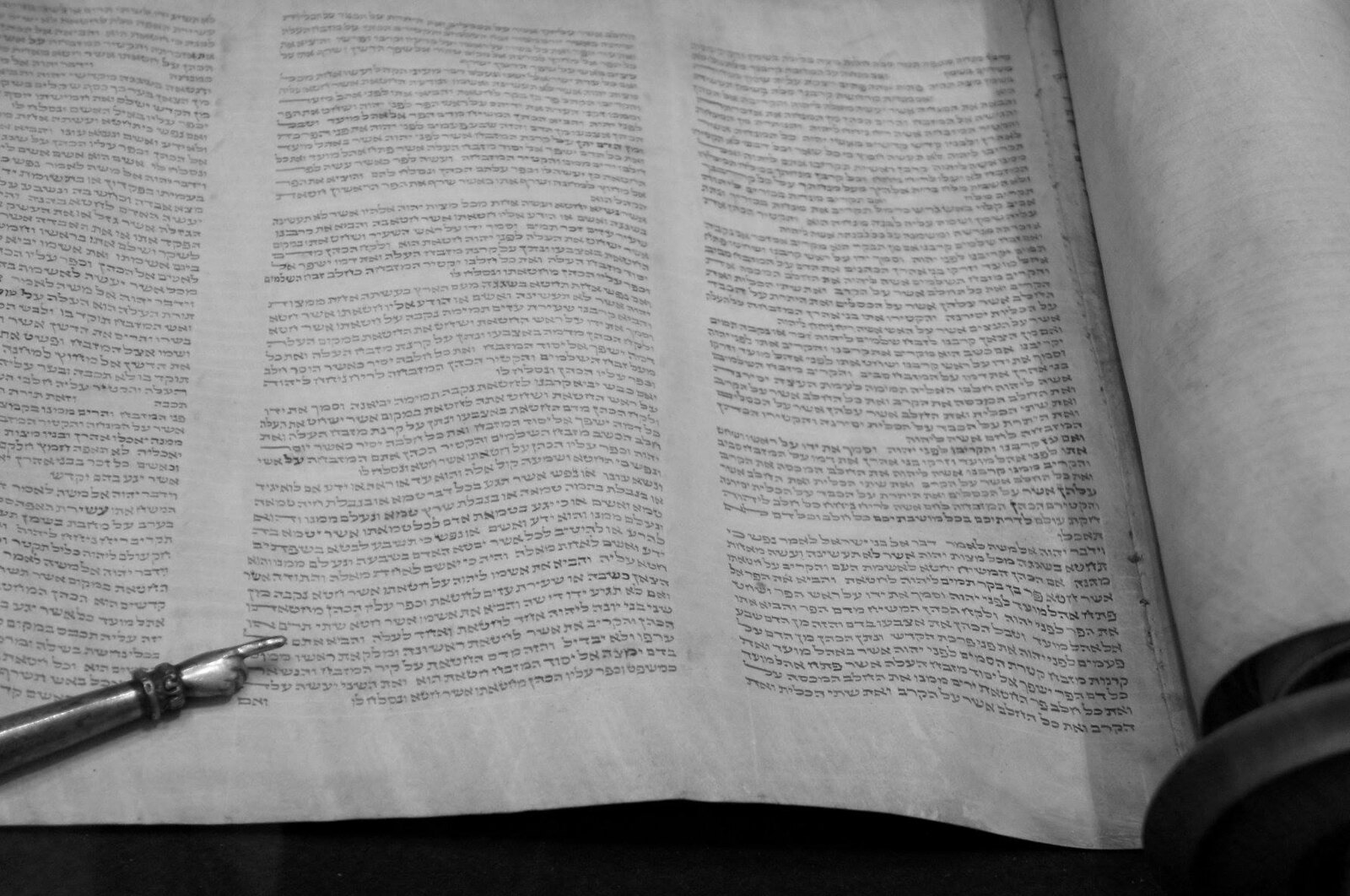
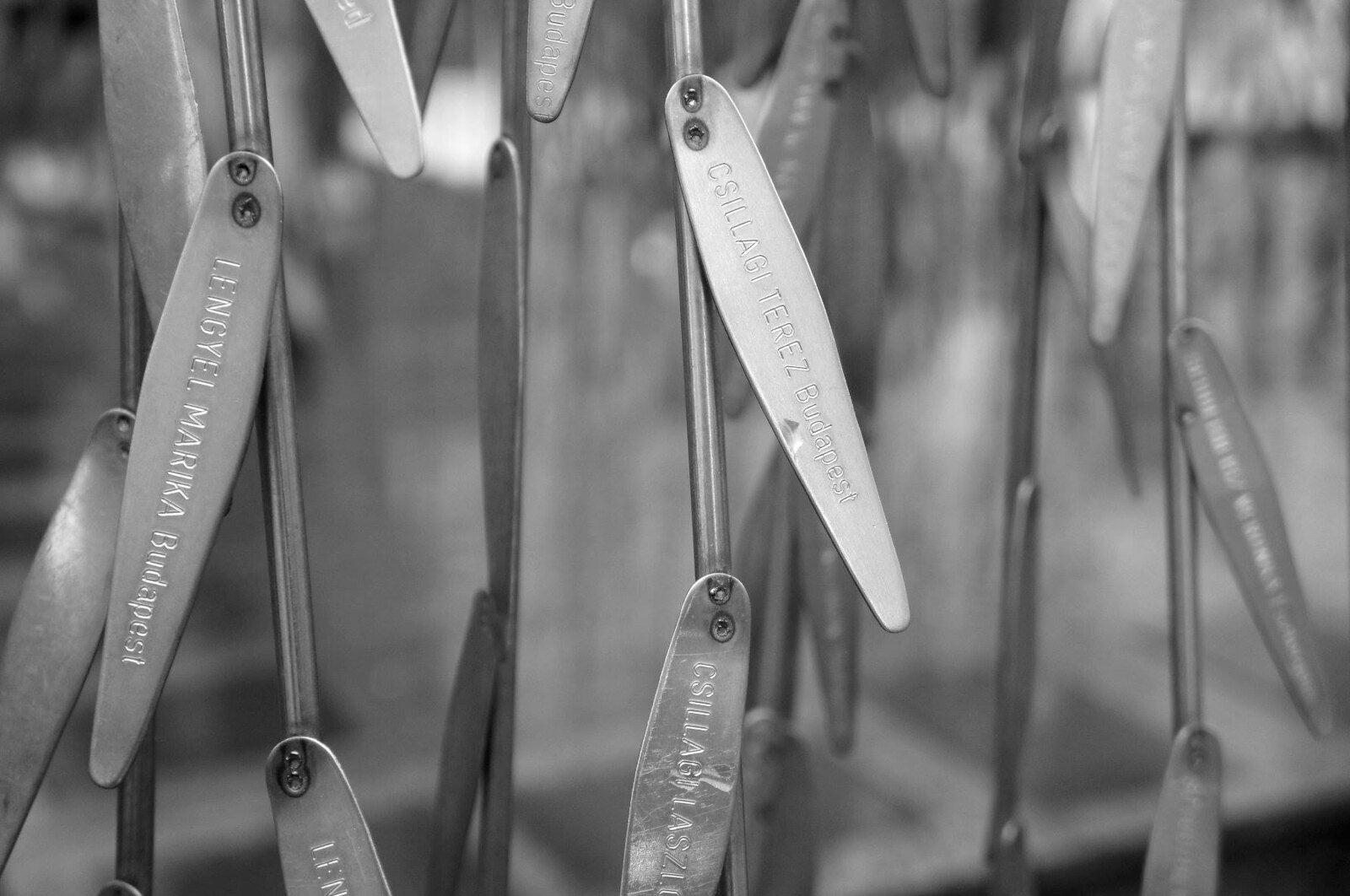


Synagogues
As we were staying in the Jewish quarter of Budapest, we thought it logical to begin by exploring… the Jewish quarter. I downloaded a free walking tour onto my little tablet, and feeling very hip and high-tech proceeded to… get completely lost. Worthless download, combined with an already hopeless sense of direction.
First, we walked in the opposite direction of the one we intended, which caused us to turn up at the Great Synagogue last rather than first. At which point there was a massive queue. Even after five and a half years in the UK I am not British enough to deal with that – so we returned at 10am the next day as the gates opened and enjoyed a very peaceful tourist-free visit.
We did find the Kazinczy street synagogue, which was free to enter and very lovely. It is not very old (20th century and thoroughly destroyed during the war) but there was a friendly atmosphere, improved further by the mouthwatering scent drifting in from a nearby kosher restaurant. We also passed by the Rumbach Street Synagogue, but this one did charge money, so we did not enter. We also saw the ‘Spinoza Café’ (indicated in our wonderful free walking tour) – but after some investigation it turns out Spinoza (a Jewish Dutch philosopher) never even visited Budapest. I thought that by far the coolest thing we encountered was the Atlantisz Book Island on Király street. It had a large collection of Middle Eastern and Egyptian history books, in English.
Hills Or Mountains?
Next, we decided to make our way over to the Castle Hill, for my next downloaded free walking tour. Needless to say, we deleted that before crossing the famous chain bridge and finding our own way around. Of course we made the tactical mistake of heading here on Monday, which is when all museums are closed. Or, well, mistake? It meant there was barely anyone there and we were able to have a wonderful quiet walk all alone.
We did not enter the Matthias church, as, again, it cost money. (We are not being cheap here; I just think that religious buildings, being so open and inclusive and loving and welcoming and such, should not cost money. I have not visited York Minster for the same reason, and only made a rare exception for the Hagia Sophia due to its dual status as museum.) We did have a wander around the ruins of the 13th century Mary Magdalene church however. Sadly we turned up at the National Archives 20 minutes after the last tour had left, so I have to leave seeing Budapest’s old manuscripts for some other day.
After this, we strolled down the hill past the Ecuadorian Embassy and braved the construction works at Batthyány tér; we took a bus, and then strolled around the construction works at Margit hid to find the Veli Bej Turkish baths, where we were able to spend three hours swimming around plus a massage for less than 15 GBP each. Of course they claim to be the oldest baths in Budapest – but so do all the others. They were built by the Ottomans in the 16th century anyway, and inside (in-between the pool and the saunas) there were some ancient pipes preserved in a little exhibit. Hint or tip: go here on the last day of your holiday rather than the first!
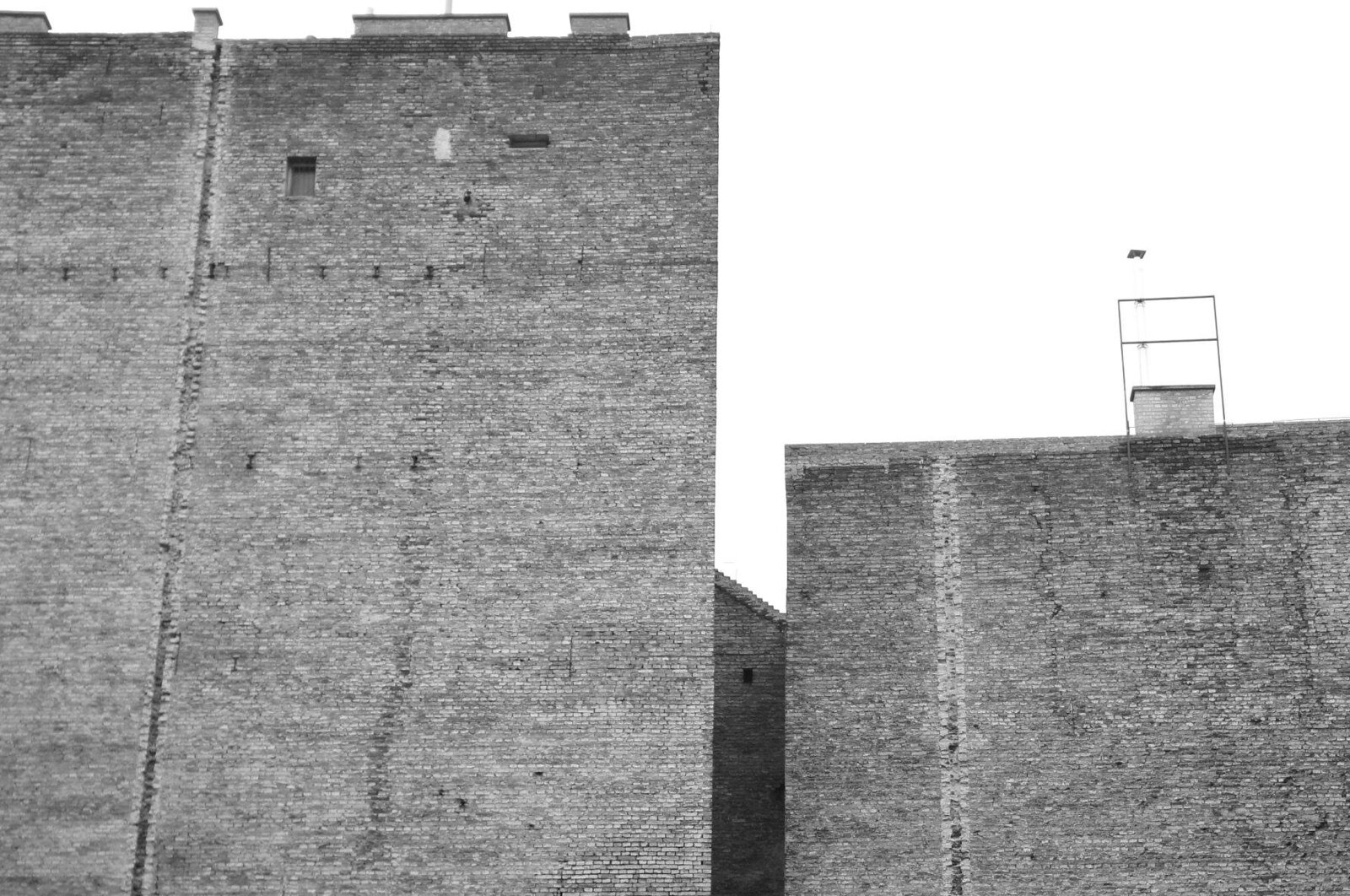


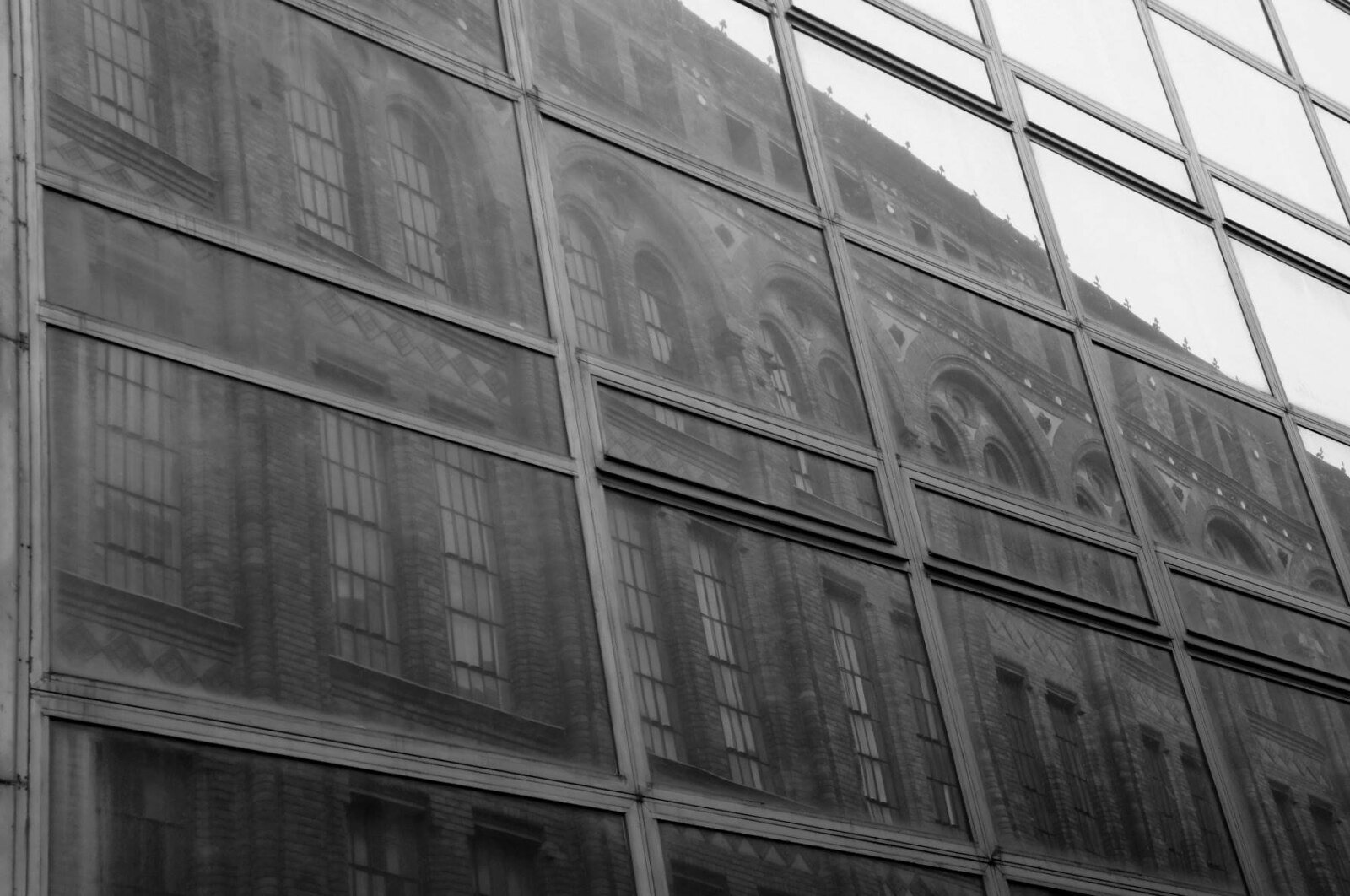
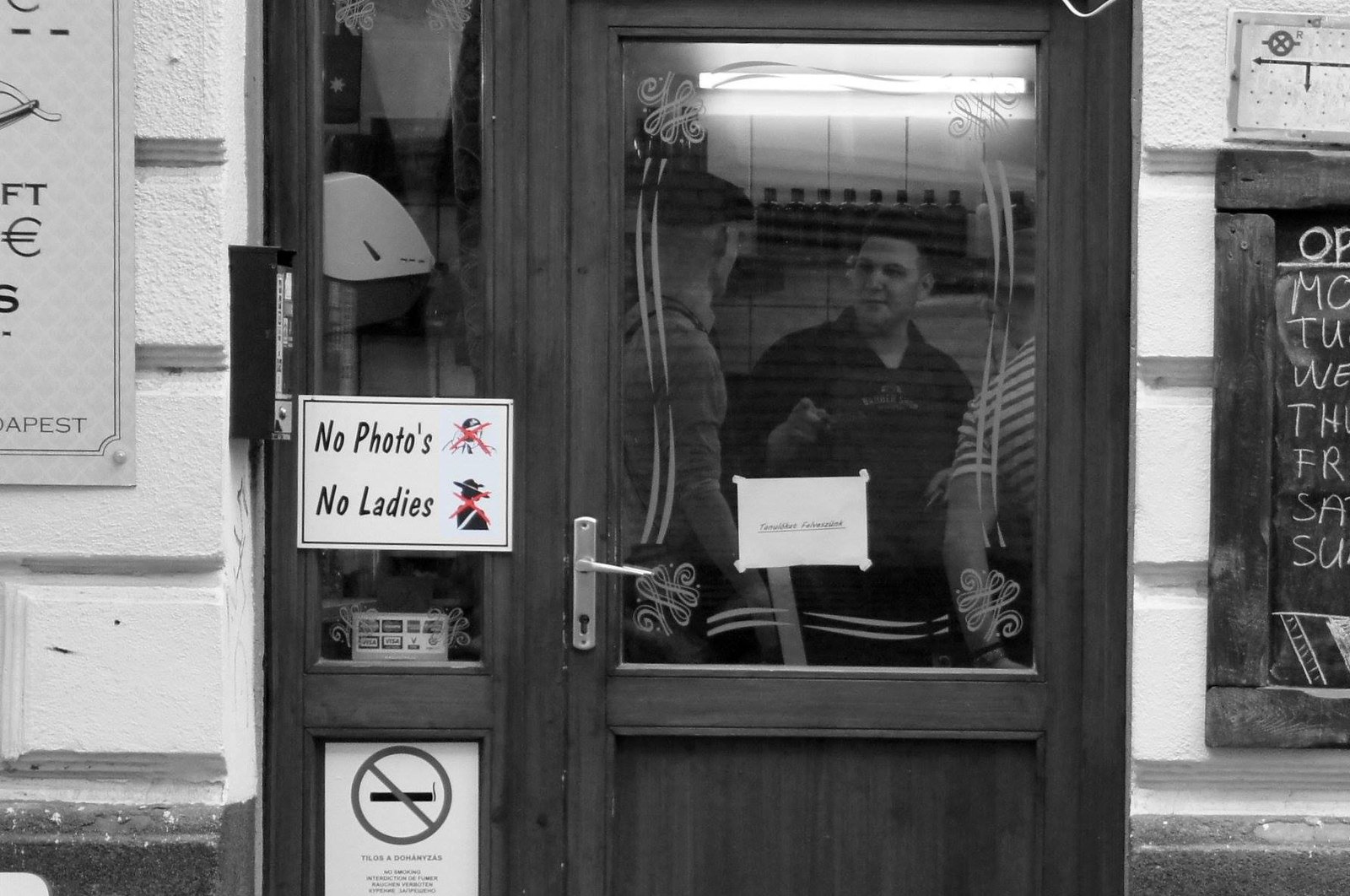
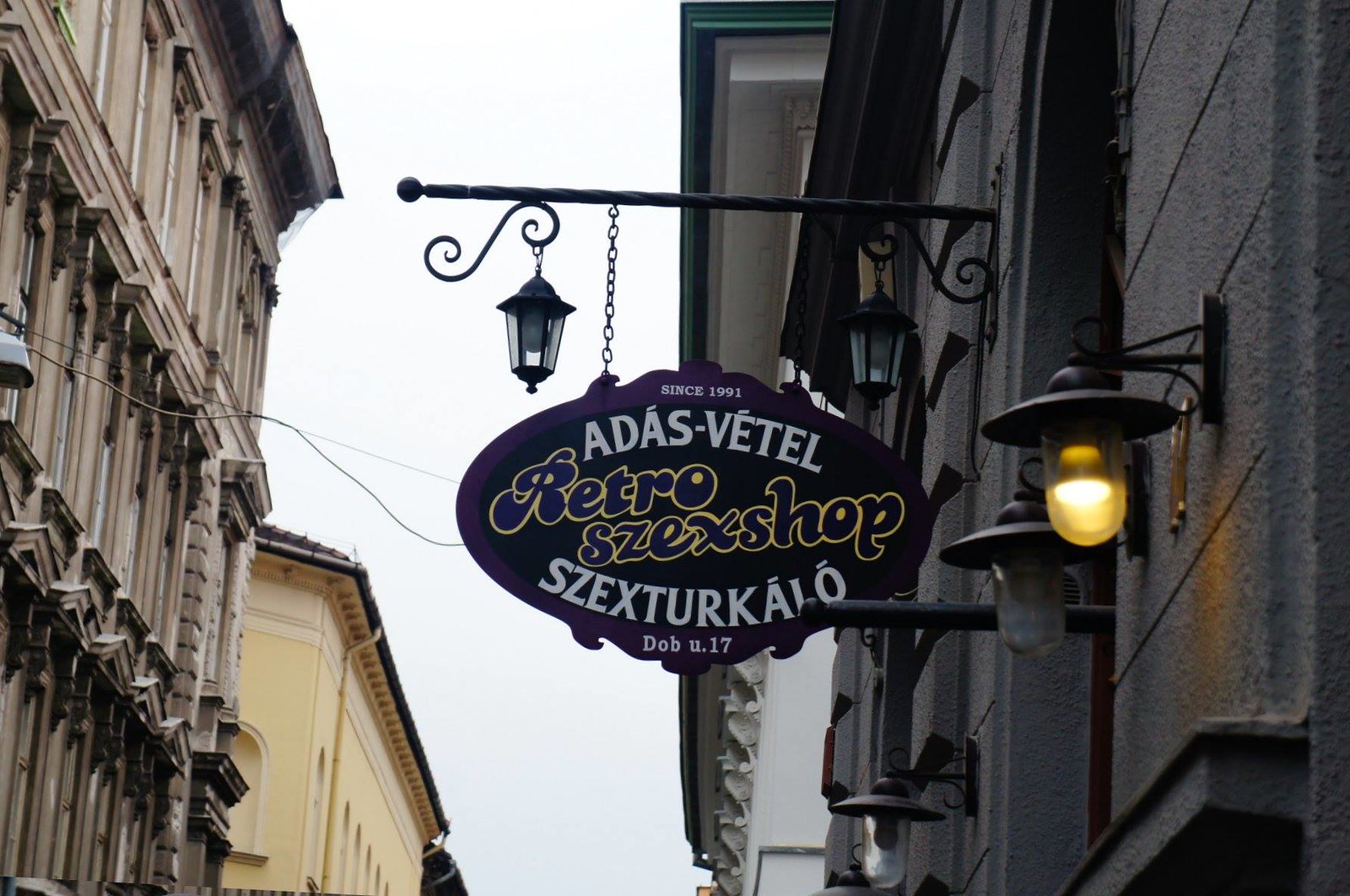


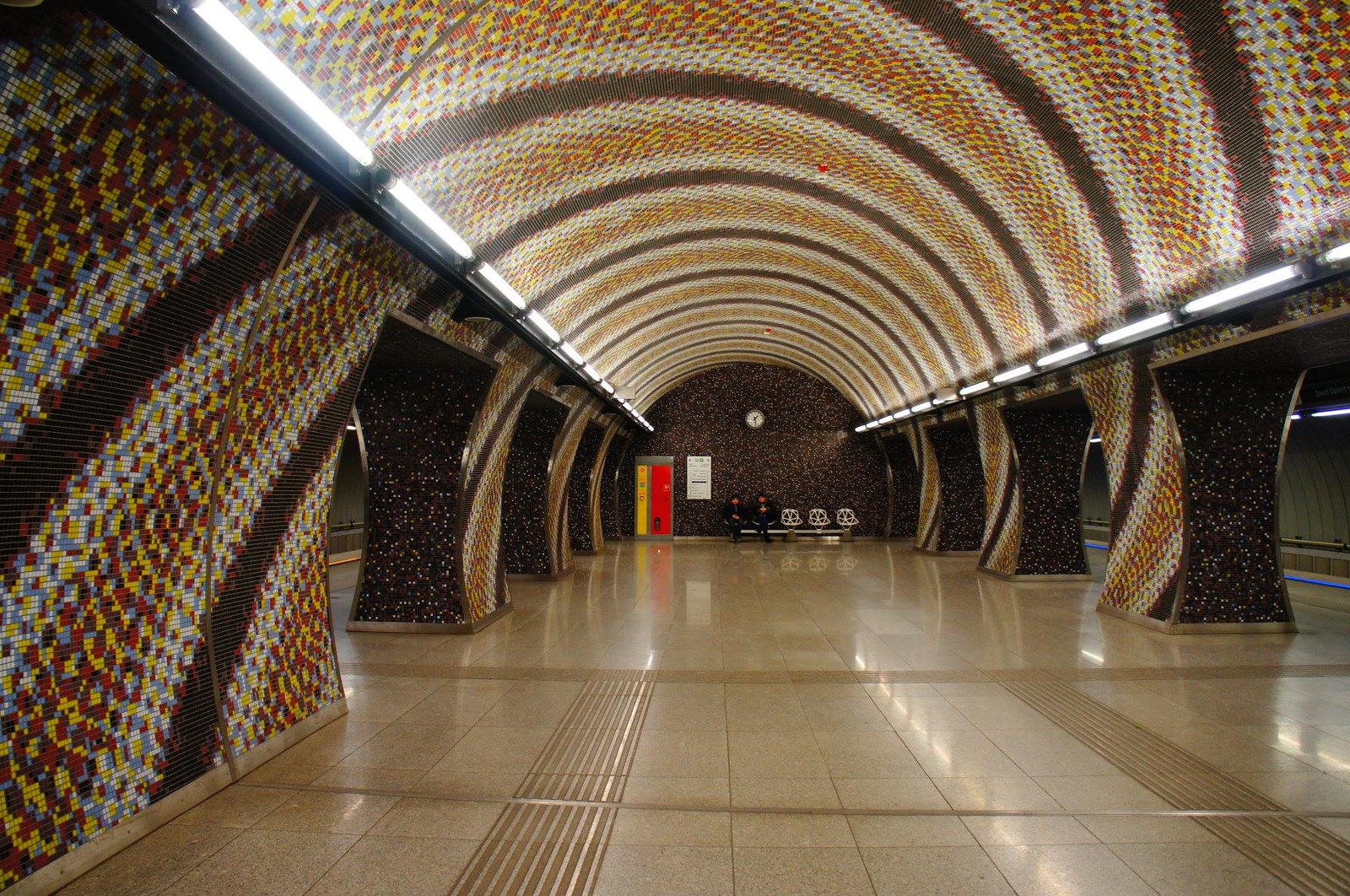


Roman Budapest
The next day we travelled down to the north of Budapest to see the remains of the ancient Roman settlement. Mum calls this the relationship test. We took the red line from Astoria to Batthyány tér, then the bus (because of the construction work) from Batthyány tér to Margít hid, then the overground to Szentlélek (by accident; we were aiming for Aquincum). From here we decided to walk to Flórián tér, which was a brilliant decision as there was a wealth of Roman remains right in the underground station; most of it unprotected by glass cases, and the bits of plastic that did protect anything were covered by graffiti. The bits and pieces hanging around there were probably more impressive than the Aquincum museum itself. We could not figure out how to get into the suburban baths (also in the station) but we did not really have time anyway!
On the way over to the station we found a little ice-skating ring. Normally it would not be very exciting, but at 1.50 GBP each we decided to skate around the square a little! Then we took the bus (I do not remember the number) to Aquincum, which turned out to be a rather large site! The large sign in front of the gate announced visitors may not enter before March 31, but the friendly museum staff let us have a wander around anyway, without having to start crying or argue an Archaeology PhD. The site was rather typical provincial Late Roman, in the sense that there were not terribly many impressive things to see (e.g. elaborate frescoes or mosaic floors).
The little museum was fantastic. There was not all that much there to see, but there was a great explanation of pre-Roman occupation of the area, and the exhibit was beautifully designed. As in most museums in Budapest, I was not allowed to take photos, so I cannot show you. As the Romans were conquering along, of course it all started with a military camp, but later Aquincum became a very important city in the province called Pannonia. It always battled with people coming in from the north though, and eventually the Romans lost control again.
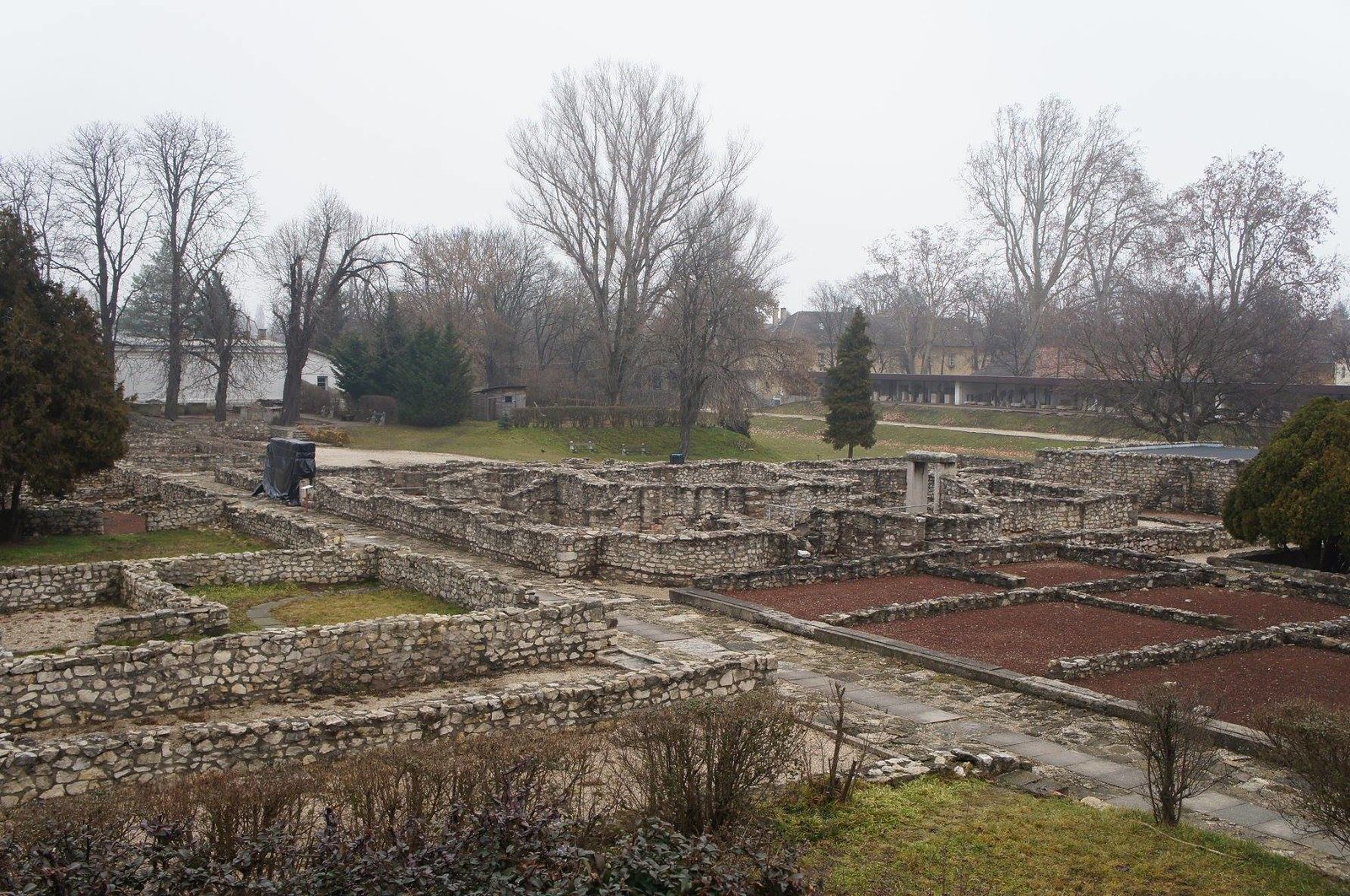

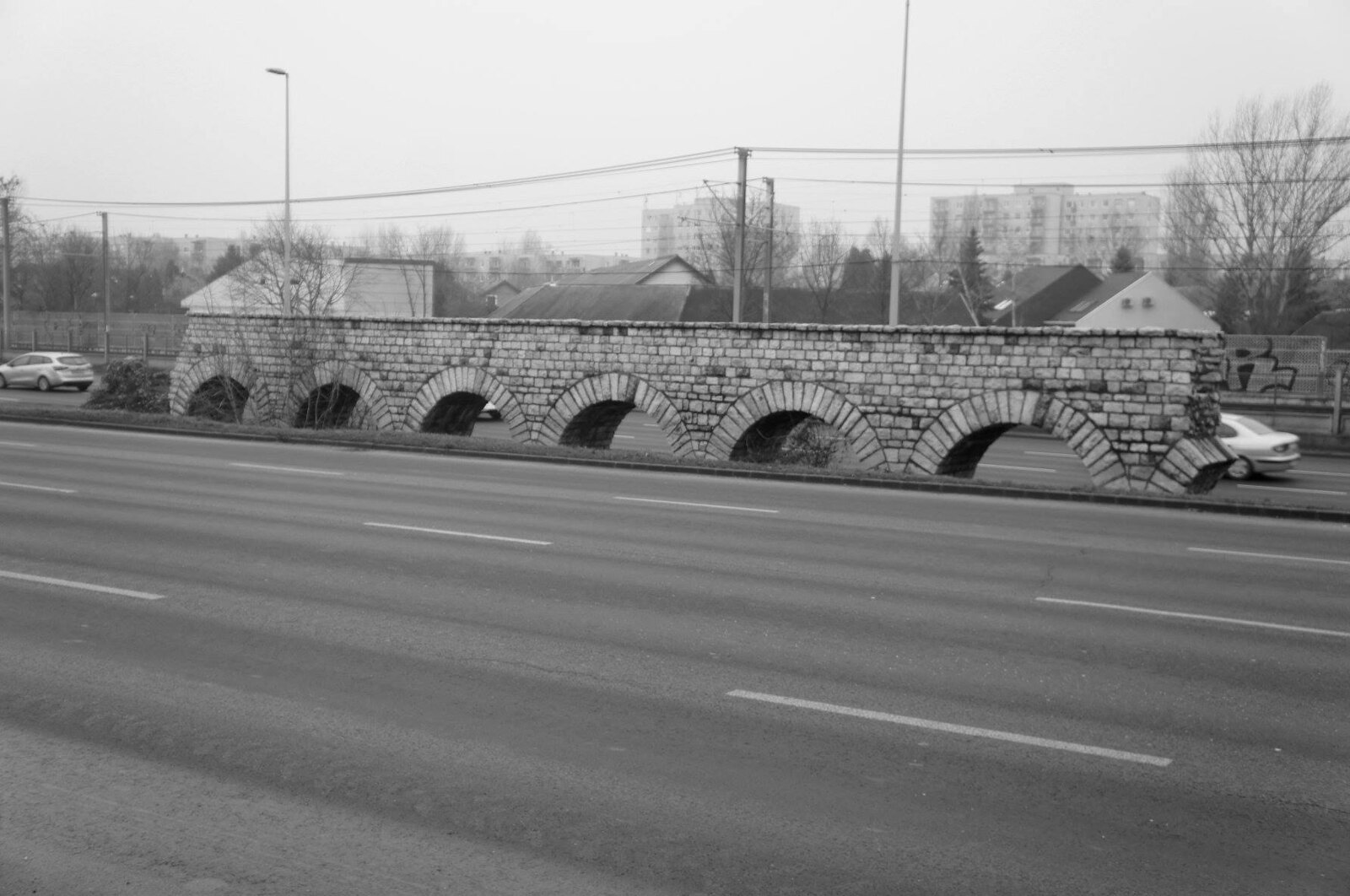




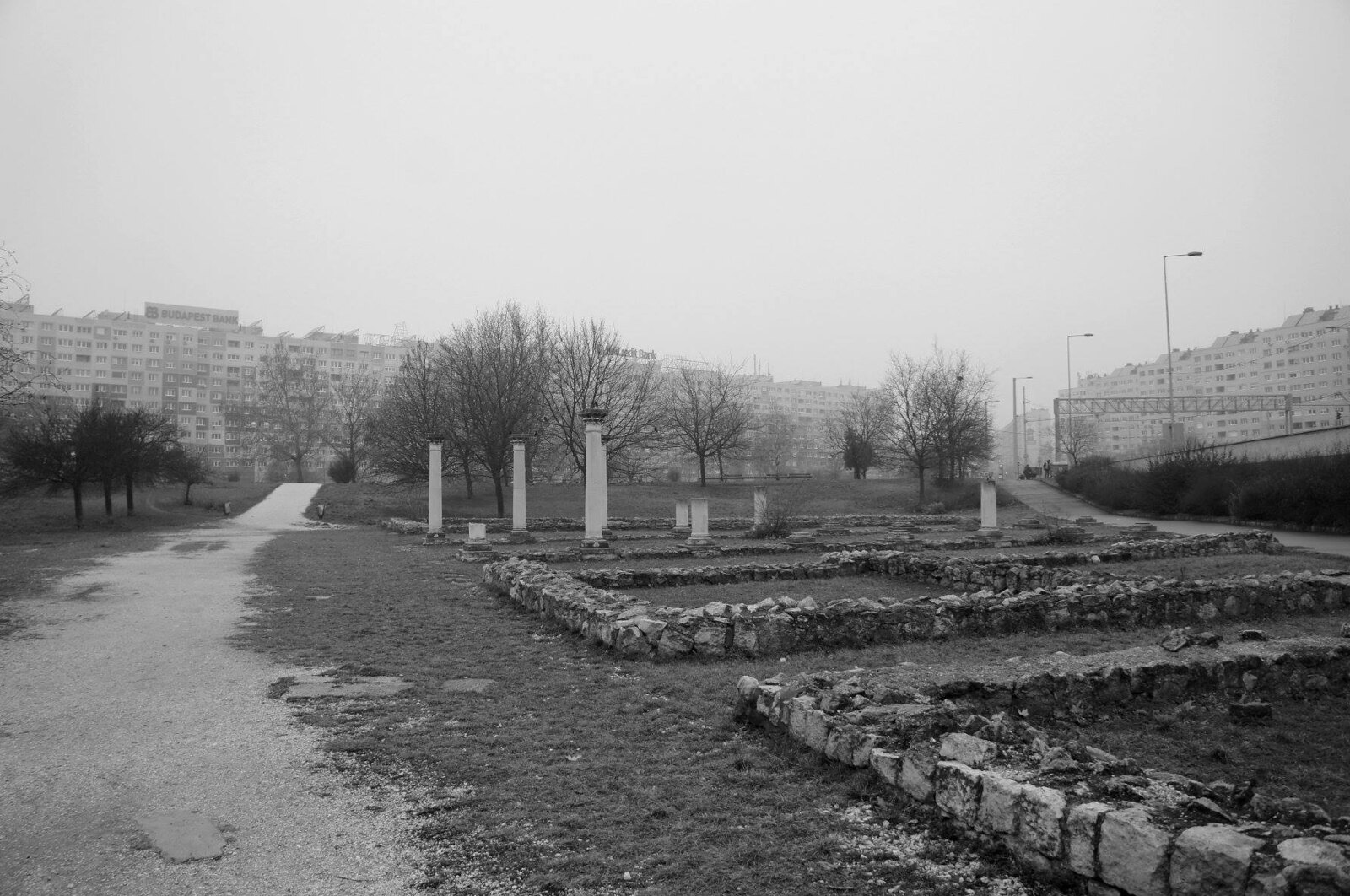

The Dark Past
Next, we headed back into the town centre, to visit the Museum of Terror. This was a rather confusing experience, as there was much multimedia going on (sounds, videos) but not much explanation. In each room there was a box pinned to the wall with English hand-outs, which was informative, but a lot to read through. Regardless, it was a beautifully designed and impressive experience. It was interesting to learn about both the Nazi and the Communist past of Budapest. I find it difficult to imagine sometimes that regimes like this existed right up until the time I was born. It seems so much further in the past. Also, I am not entirely sure I appreciate the very strongly emphasised direct links the museum makes between nazis and communists. Nazis I have absolutely nothing good to say about… and I would not equate them with communists, about which I could also say a lot of nice things? Not all muslims are terrorists, not all catholics are pedophiles… and not all communists are like nazis? Just thought I would put that out there.
From there we walked back to the hotel again, picking up a bottle of Hungarian wine along the way.
Underneath & On Top Of Budapest
The next day, we went on our second Northern Budapest adventure (note: combine this with Roman site next time). We took the bus nr. 9 from Astoria station to Kolosy tér, and then the 65A up Szépvölgyi street to Pálvölgyi-barlang for the 10:15am tour. We were the only ones there (surprise, on a Wednesday in February) and had a private tour of the caves. The very friendly guide did not understand all our questions, and kept pointing out animal shapes in the stalagmites and stalagtites though. The caves were discovered only in the 20th century, and never used before then. They were equipped with electric lighting quite early on, and also used as a bomb shelter during the war.
After this, we walked back down (downhill it was faster than the 65A bus) and stopped for a cup of coffee at a rather posh looking deli café amongst the fancy villas dotting the Szépvölgyi road.
We then took the nr. 86 bus all the way to Gellért Hill, which B proceeded to make me climb (reverse relationship test, mum). At the top there was… a very sturdy citadel, and a nice view. We tried to enter the cave church as well, but again, they charged money. We had a wonderful walk back down the mountain through a park. There were barely any people there, apart from a few playing children and people walking their dogs. And – the sun was shining!
Finally, we visited the Hungarian National Museum. I had intended to go to the Natural History museum to see an interesting collection of mummies, but we were too tired to figure out where it was, and we were standing right in front of the other one (maybe it was next door; who knows). This was another fantastic decision, as the archaeological collection was absolutely mind-blowing. The exhibit was incredibly well-designed, with skeletons in the floor, stratigraphy on the wall, and overall amazing artefacts. Again, I was not allowed to take photos, but I sneakily managed a few anyway. I thoroughly recommend visiting this museum.




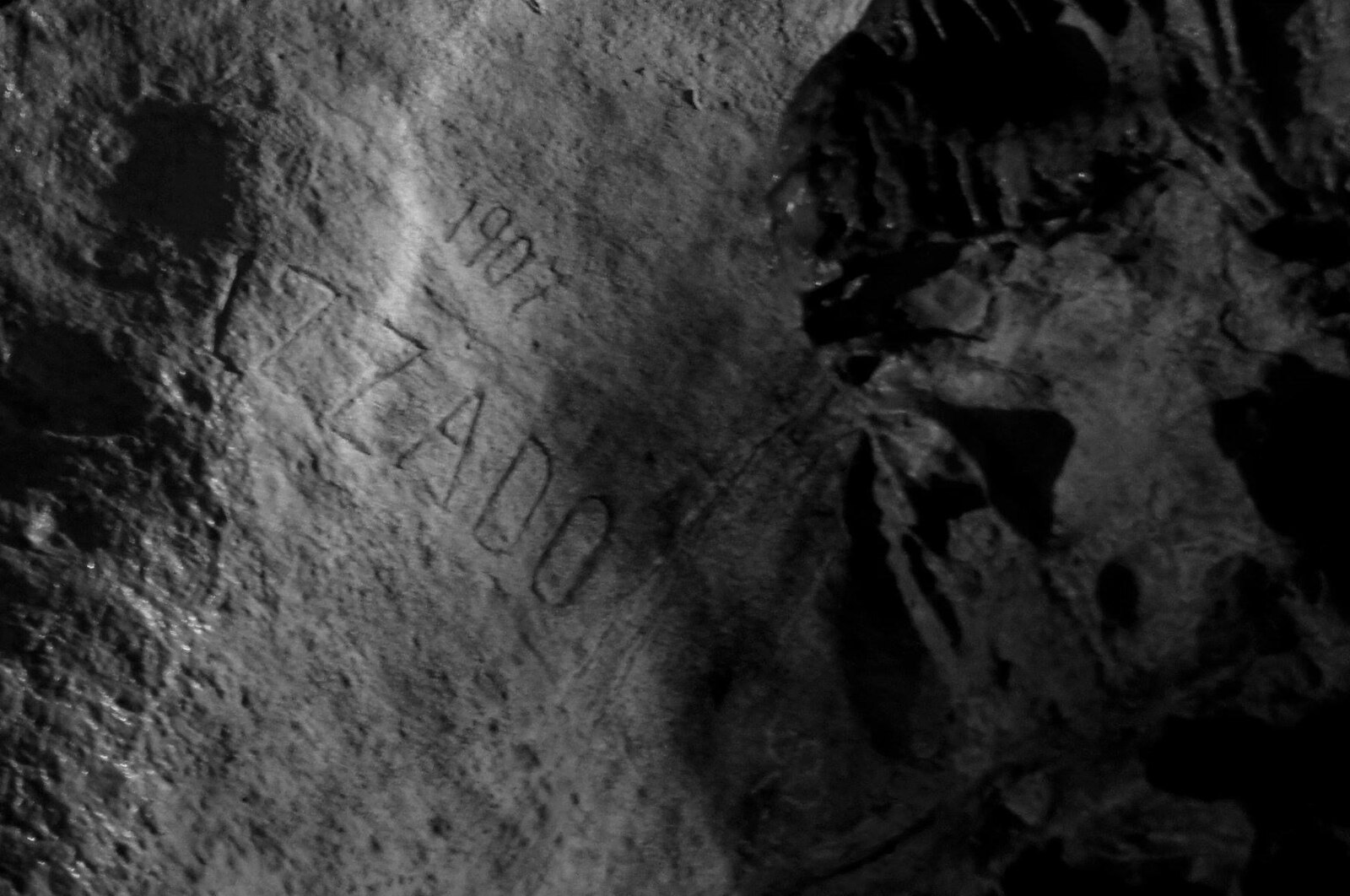
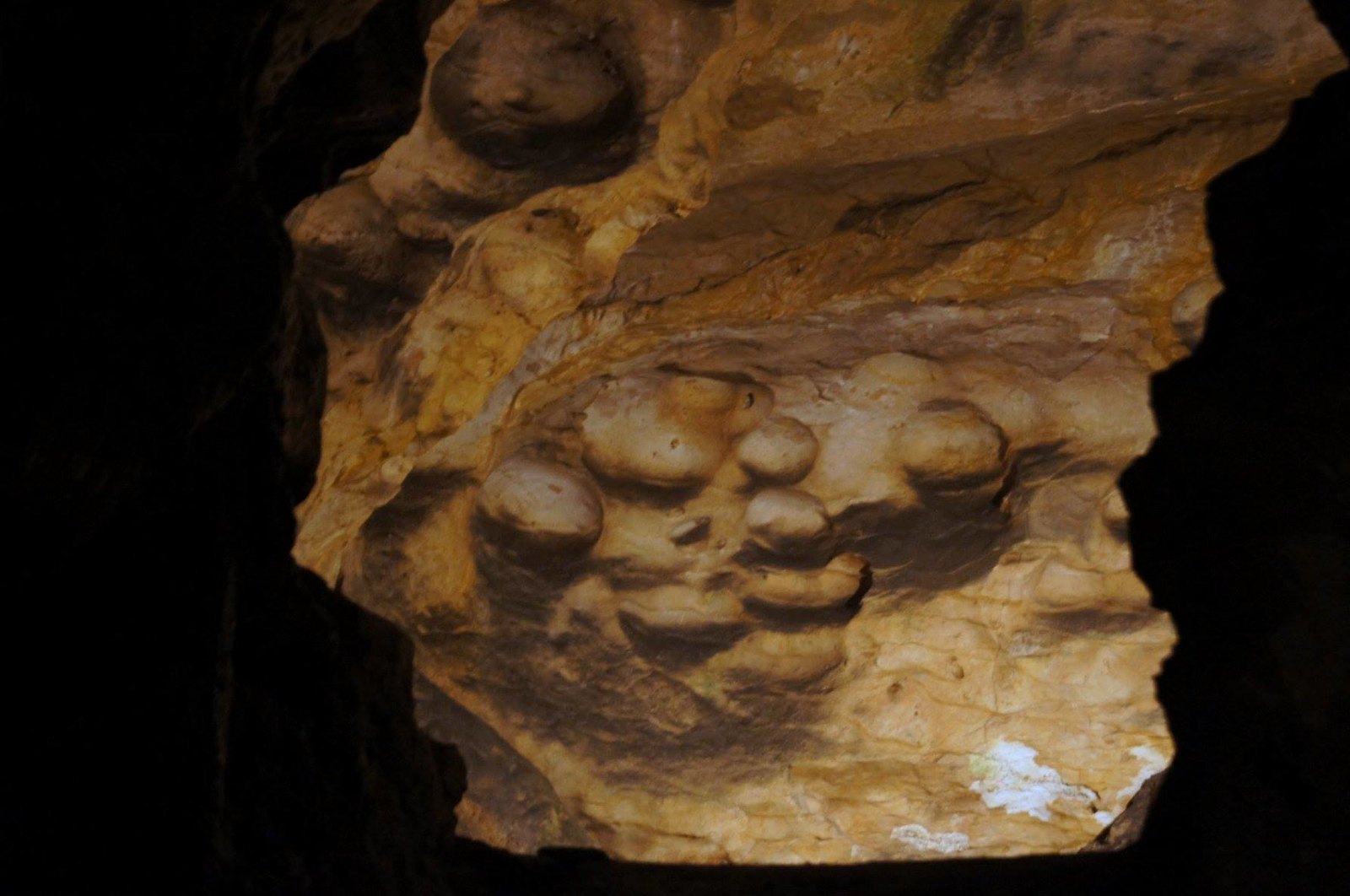
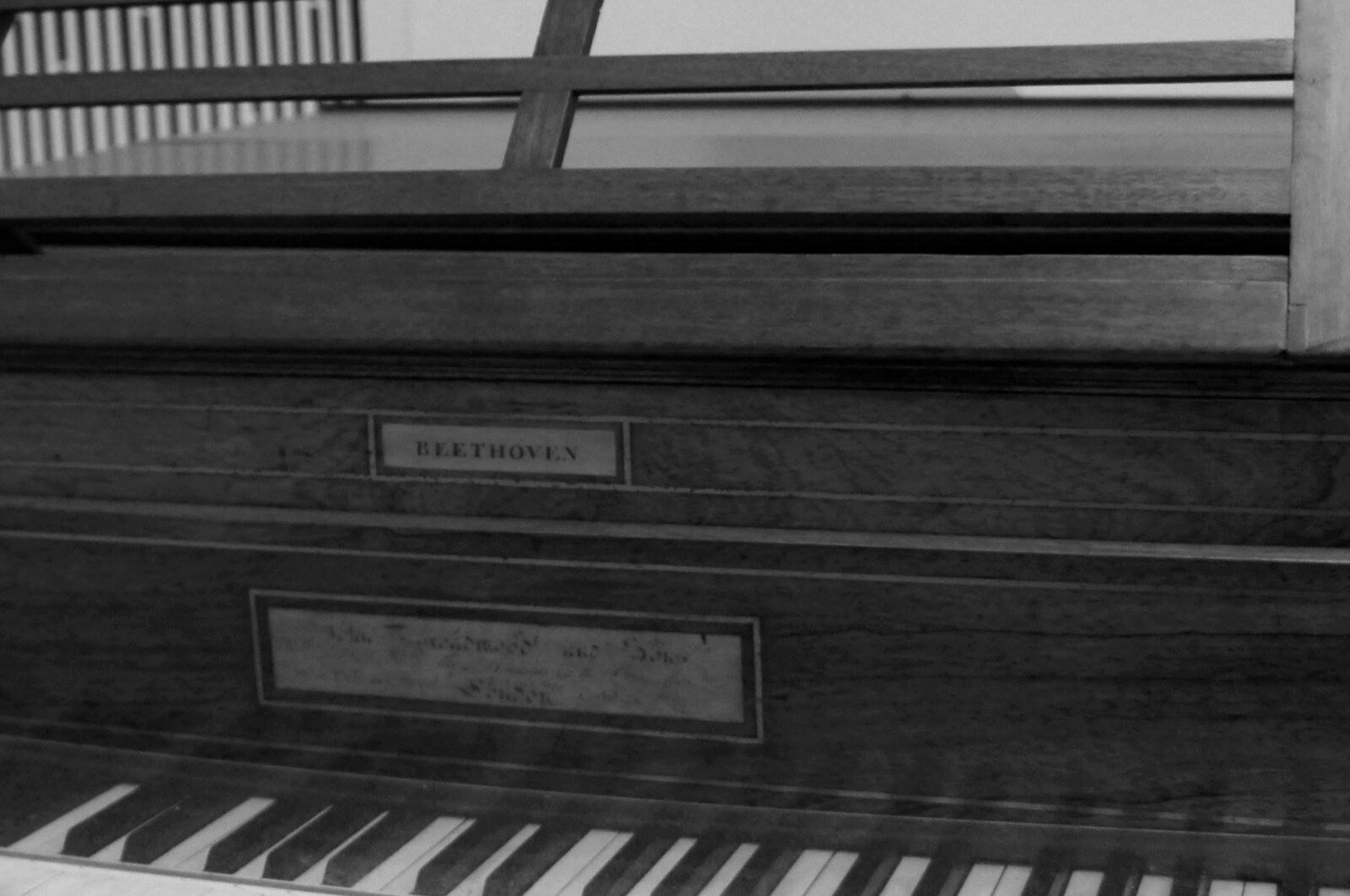

Food!
Of course there is one last thing I have to write about: food! I was not terribly optimistic before leaving, as Hungary is not exactly known to be vegetarian-friendly. Armed with a notebook explaining I do not eat meat or fish in Hungarian, English, and drawings, I set out to find delicious things to eat. And succeeded!
Our first night in Budapest we did not wander far from Dohány street, because it was raining. We ended up somewhere quite touristy with rather unfriendly staff, but I had a delicious mushroom stew with noodles for ca. 3 GBP anyway! I did not write down the name of the place though.
The next afternoon we found ourselves challenged to find cheap local food in the Castle Hill area. Victory! We found a vegan restaurant just off Batthyány tér, which served vegan goulash amongst other things. We spent around 5 GBP each here I think, for three plates of food and fresh orange-carrot-ginger juice. It is called ‘Edeni Vegan’ and it is on Iskola street.
In the evening we made the mistake of going to the ‘For Sale’ pub. The internet told me it is a quirky hidden restaurant, and a Swedish lady in our hotel enthusiastically recommended it too. How wrong! It was indeed quite quirky, and the food was quite nice, but it was on a main street, incredibly touristy, and massively over-priced. We had to pay around 8 GBP per dish, which they said was ‘huger than average’ (normal ‘German’ portion I say), and they recommended ‘children and ladies’ might request smaller portions, which is simply insulting. Do not go here. To make up for it, we tracked down an Irish pub afterwards, where the staff was very friendly, and the drink prices were not extortionate.
In any case, the next day we really hit the jackpot. As we were wandering around Flórián Tér, we could smell something… good. We followed our noses and found a long line of Hungarian queuing to buy… something deep-fried. Of course English was a little hopeless here, which meant we tried to bother some of the locals. A very friendly chap proceeded to phone his wife, to translate for us! Turns out this was called lángos, which is actually a famous Hungarian food. Anyway, if you are not a vegetarian, just point at whatever the person in front of you is eating, and try it. It will surely be delicious.
Our last lunch we ended up in a rather unfortunate place again: Kalvin tér. Super touristy (tourist menus advertised only in euros!) and super expensive. B spotted a little bistro which offered free soup with the main course though, and we had enough to eat to make it back to Cambridge!


